Non-alcoholic wine has taken the beverage world by storm—but have you ever wondered how your favorite cabernet or chardonnay ends up with zero alcohol? The answer lies in a fascinating and precise process known as dealcoholization.
This article shows how winemakers craft non-alcoholic wine from traditionally fermented wine using dealcoholization methods like spinning cones and vacuum distillation. You’ll learn how they preserve flavor while removing the alcohol.
Whether you’re exploring for wellness, pregnancy, or sober curiosity, understanding dealcoholization can help you make more informed wine choices. And if you’re looking to try some of the best selections, head over to beclink.com—a top online shop for premium 0.0% alcohol wine.
🍇 Step 1: Start with Real Wine
All non-alcoholic wines begin as standard alcoholic wines.
Winemakers harvest, crush, and ferment grapes just like they do for traditional wine—naturally producing alcohol during fermentation. What sets non-alcoholic wine apart is what happens next: winemakers remove the alcohol through a process called dealcoholization.
This approach allows winemakers to develop the flavor, structure, and mouthfeel first—then carefully remove the alcohol.
🔬 Step 2: The Dealcoholization Process Begins
After fermentation, winemakers apply dealcoholization methods to remove ethanol (alcohol) while preserving aroma and body. Here are the most common techniques:
1. Vacuum Distillation
Winemakers heat the wine under reduced pressure.
The vacuum lowers alcohol’s boiling point, so they can remove it without overheating the wine.
This method preserves delicate flavors and aromas.
2. Spinning Cone Column
Producers use one of the most advanced dealcoholization techniques available.
They pass the wine through a series of spinning cones that separate it into layers.
They collect the aromas first, remove the alcohol gently, and then reintroduce the flavors to maintain complexity.
3. Reverse Osmosis
Technicians filter the wine through semi-permeable membranes.
They separate the alcohol from the wine’s other components.
Then, they recombine the remaining wine with its original aromatic compounds to restore balance.
Each process helps retain the original wine’s character, even after removing the alcohol.
🧪 Is Dealcoholization Safe and Natural?
Yes, dealcoholization is a clean, food-safe process.
Most non-alcoholic wines are labeled with “<0.5% ABV” (or 0.0% ABV in some cases). The trace amounts of alcohol left behind are equivalent to what you’d find in orange juice or kombucha.
Winemakers use careful temperature control, filtration, and preservation techniques to retain the wine’s natural character—without involving synthetic chemicals.
🥂 What Left After Dealcoholization?
When done right, non-alcoholic wines still contain:
- Grape tannins
- Acidity
- Fruit aromas
- Body and structure
- Less sugar (often lower than soft drinks)
This makes them suitable for pairing with food, enjoying at events, or simply sipping for pleasure.
For example, beclink.com offers a wide range of expertly dealcoholized wines that include red wines, whites, rosés, and sparkling varieties—all carefully crafted to retain full flavor.
🔎 Where to Find Premium Non-Alcoholic Wine
Looking to explore non-alcoholic wine options that go through top-tier dealcoholization methods?
Visit beclink.com for:
- Sparkling wines with 0.0% ABV
- Vegan and halal-certified bottles
- Non-alcoholic reds with bold structure
- Elegant whites with vibrant acidity
- Wine bundles and curated samplers
All wines at BeClink are selected for quality, mouthfeel, and authenticity, so you’ll never feel like you’re compromising on taste.
✅ Final Thoughts: The Art of Dealcoholization
Non-alcoholic wine isn’t just grape juice in a fancy bottle. Thanks to innovations in dealcoholization, winemakers can now preserve depth, complexity, and terroir without the alcohol.
So next time you enjoy a crisp Chardonnay or a rich Tempranillo with 0.0% ABV, remember: it’s the science of dealcoholization that makes it all possible.
And for the best zero-alcohol wine experience, explore the expertly crafted collection at beclink.com—where flavor and mindfulness meet in every glass.
FAQs
1. What is dealcoholization in wine?
Dealcoholization is the process of removing alcohol from traditionally fermented wine while preserving its flavor, structure, and aroma.
2. Is non-alcoholic wine completely alcohol-free?
Many non-alcoholic wines contain less than 0.5% ABV, though some are fully 0.0%. Always check the label for exact alcohol content.
3. How does dealcoholization affect taste?
When done correctly, dealcoholization retains the wine’s complexity, acidity, and mouthfeel—offering a rich experience without the alcohol.
4. Is non-alcoholic wine safe during pregnancy?
Wines labeled 0.0% ABV are considered safer, but it’s always best to consult with your healthcare provider during pregnancy.
5. Can dealcoholized wine be aged like regular wine?
Winemakers design non-alcoholic wines to be enjoyed young. They don’t benefit from long-term aging, so it’s best to drink them within a year or two for peak flavor.
👉Stay Connected with BeClink
📸 Instagram: @beclink
📘 Facebook: @beclinkUSA
🌐 Explore All Wines: Non-Alcoholic Wine Category

